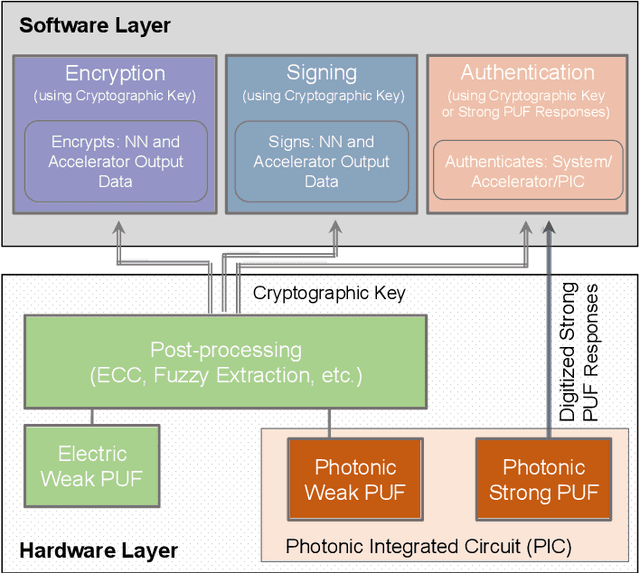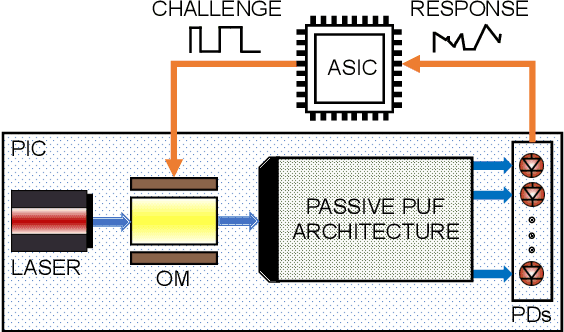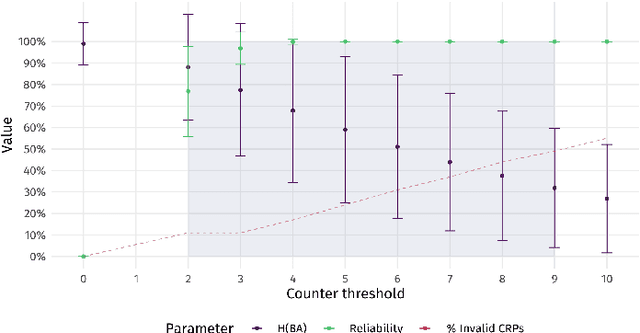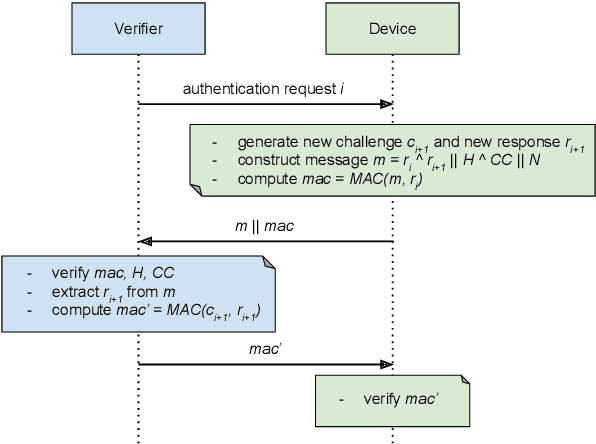Paul Jimenez
The Impact of Feature Representation on the Accuracy of Photonic Neural Networks
Jun 26, 2024



Abstract:Photonic Neural Networks (PNNs) are gaining significant interest in the research community due to their potential for high parallelization, low latency, and energy efficiency. PNNs compute using light, which leads to several differences in implementation when compared to electronics, such as the need to represent input features in the photonic domain before feeding them into the network. In this encoding process, it is common to combine multiple features into a single input to reduce the number of inputs and associated devices, leading to smaller and more energy-efficient PNNs. Although this alters the network's handling of input data, its impact on PNNs remains understudied. This paper addresses this open question, investigating the effect of commonly used encoding strategies that combine features on the performance and learning capabilities of PNNs. Here, using the concept of feature importance, we develop a mathematical framework for analyzing feature combination. Through this framework, we demonstrate that encoding multiple features together in a single input determines their relative importance, thus limiting the network's ability to learn from the data. Given some prior knowledge of the data, however, this can also be leveraged for higher accuracy. By selecting an optimal encoding method, we achieve up to a 12.3\% improvement in accuracy of PNNs trained on the Iris dataset compared to other encoding techniques, surpassing the performance of networks where features are not combined. These findings highlight the importance of carefully choosing the encoding to the accuracy and decision-making strategies of PNNs, particularly in size or power constrained applications.
SAFFIRA: a Framework for Assessing the Reliability of Systolic-Array-Based DNN Accelerators
Mar 05, 2024



Abstract:Systolic array has emerged as a prominent architecture for Deep Neural Network (DNN) hardware accelerators, providing high-throughput and low-latency performance essential for deploying DNNs across diverse applications. However, when used in safety-critical applications, reliability assessment is mandatory to guarantee the correct behavior of DNN accelerators. While fault injection stands out as a well-established practical and robust method for reliability assessment, it is still a very time-consuming process. This paper addresses the time efficiency issue by introducing a novel hierarchical software-based hardware-aware fault injection strategy tailored for systolic array-based DNN accelerators.
Security layers and related services within the Horizon Europe NEUROPULS project
Dec 14, 2023



Abstract:In the contemporary security landscape, the incorporation of photonics has emerged as a transformative force, unlocking a spectrum of possibilities to enhance the resilience and effectiveness of security primitives. This integration represents more than a mere technological augmentation; it signifies a paradigm shift towards innovative approaches capable of delivering security primitives with key properties for low-power systems. This not only augments the robustness of security frameworks, but also paves the way for novel strategies that adapt to the evolving challenges of the digital age. This paper discusses the security layers and related services that will be developed, modeled, and evaluated within the Horizon Europe NEUROPULS project. These layers will exploit novel implementations for security primitives based on physical unclonable functions (PUFs) using integrated photonics technology. Their objective is to provide a series of services to support the secure operation of a neuromorphic photonic accelerator for edge computing applications.
Hitless memory-reconfigurable photonic reservoir computing architecture
Jul 13, 2022



Abstract:Reservoir computing is an analog bio-inspired computation model for efficiently processing time-dependent signals, the photonic implementations of which promise a combination of massive parallel information processing, low power consumption, and high speed operation. However, most implementations, especially for the case of time-delay reservoir computing (TDRC), require signal attenuation in the reservoir to achieve the desired system dynamics for a specific task, often resulting in large amounts of power being coupled outside of the system. We propose a novel TDRC architecture based on an asymmetric Mach-Zehnder interferometer (MZI) integrated in a resonant cavity which allows the memory capacity of the system to be tuned without the need for an optical attenuator block. Furthermore, this can be leveraged to find the optimal value for the specific components of the total memory capacity metric. We demonstrate this approach on the temporal bitwise XOR task and conclude that this way of memory capacity reconfiguration allows optimal performance to be achieved for memory-specific tasks.
 Add to Chrome
Add to Chrome Add to Firefox
Add to Firefox Add to Edge
Add to Edge